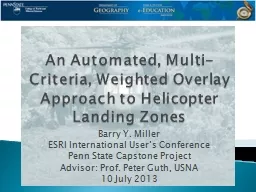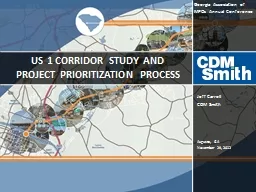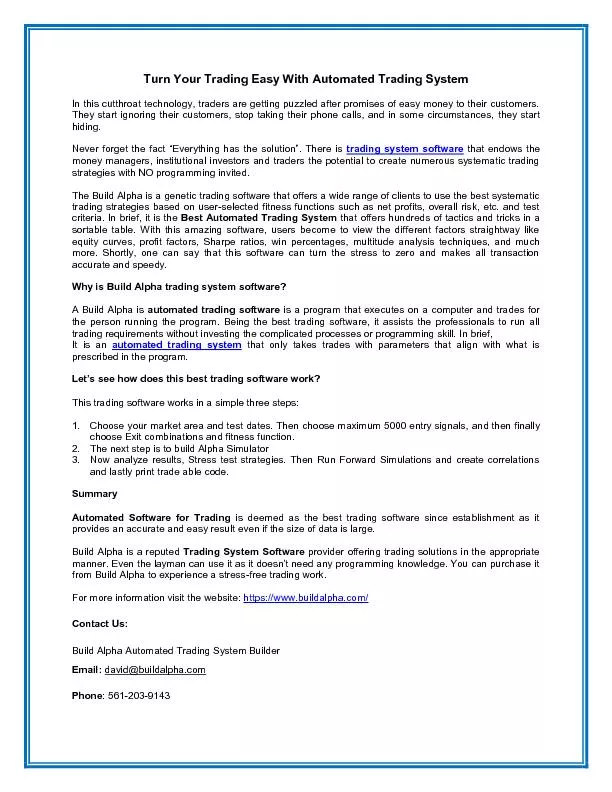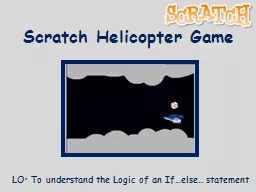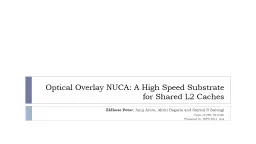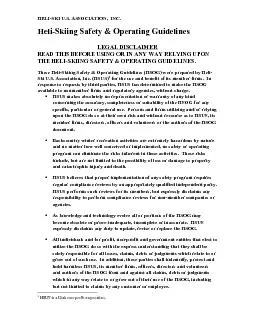PPT-An Automated, Multi-Criteria, Weighted Overlay Approach to Helicopter Landing Zones
Author : marina-yarberry | Published Date : 2018-11-09
Barry Y Miller ESRI International Users Conference Penn State Capstone Project Advisor Prof Peter Guth USNA 10 July 2013 Introduction Project Objectives and Goals
Presentation Embed Code
Download Presentation
Download Presentation The PPT/PDF document "An Automated, Multi-Criteria, Weighted O..." is the property of its rightful owner. Permission is granted to download and print the materials on this website for personal, non-commercial use only, and to display it on your personal computer provided you do not modify the materials and that you retain all copyright notices contained in the materials. By downloading content from our website, you accept the terms of this agreement.
An Automated, Multi-Criteria, Weighted Overlay Approach to Helicopter Landing Zones: Transcript
Download Rules Of Document
"An Automated, Multi-Criteria, Weighted Overlay Approach to Helicopter Landing Zones"The content belongs to its owner. You may download and print it for personal use, without modification, and keep all copyright notices. By downloading, you agree to these terms.
Related Documents

